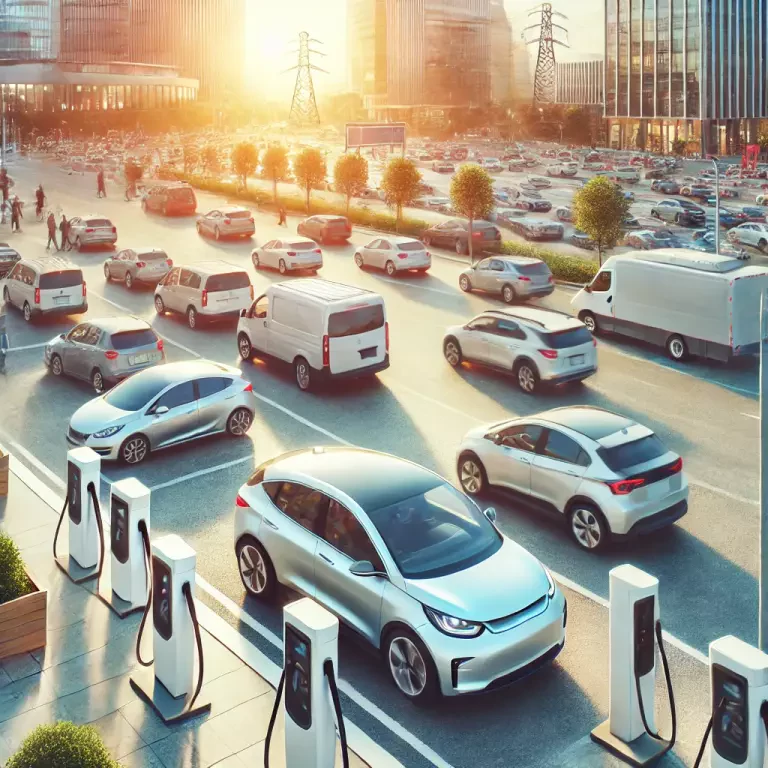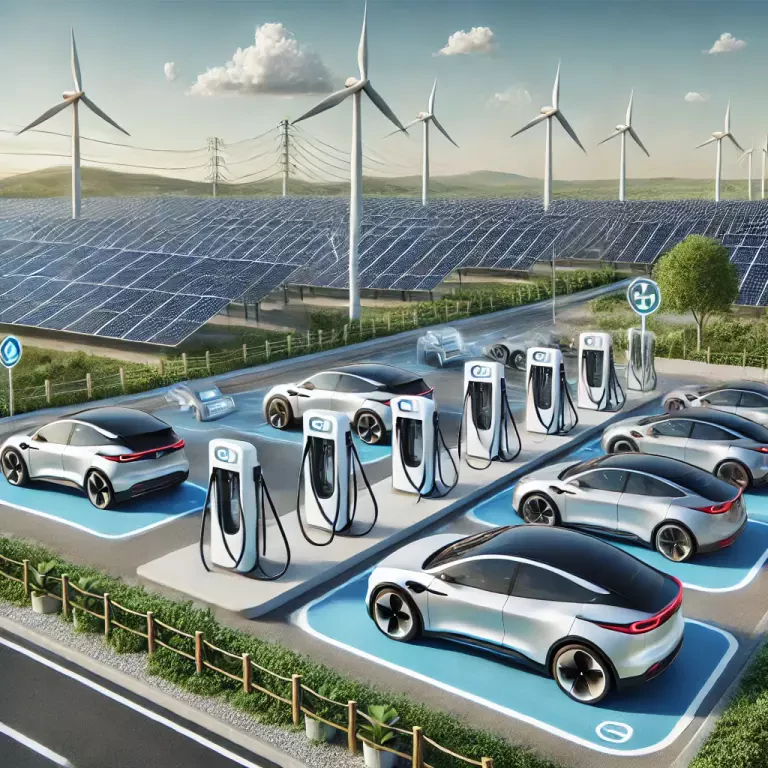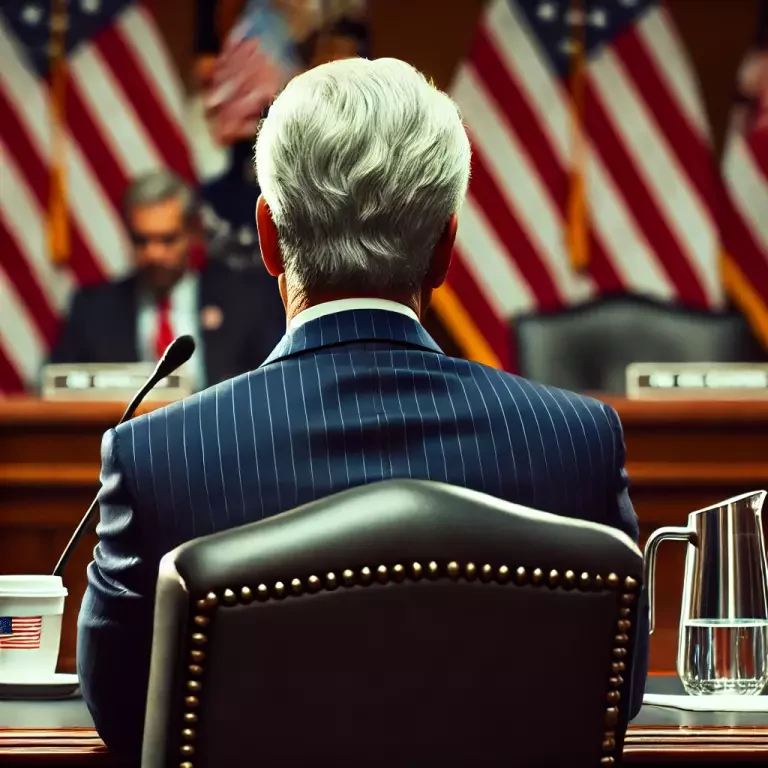
President Joe Biden has a clear vision for the future: he wants electric vehicles to dominate American roads by 2030. Under his administration, the government is shifting toward electric vehicles as more than just an environmental imperative. It's a national goal, pressing the auto industry to accelerate its pace of innovation and production.
This ambitious goal of having most, if not all, Americans adopt electric vehicles is part of a broader agenda to combat climate change. Ultimately, the Biden administration wants to significantly cut greenhouse gas emissions by making Americans ride "greener" vehicles. That's why the strategy is to increase the EV market share and reduce the reliance on internal combustion engines.
Federal agencies like the Environmental Protection Agency (EPA) have already joined the president in pushing for a transition to clean energy. The government's other plans include investing in developing EV infrastructure and encouraging the auto industry to increase EV production. The administration also proposes economic policies to bolster clean energy projects and EV sales.
But the challenges remain, and more have started to crop up this year. Competition from Chinese companies and many domestic EV companies filing for bankruptcy are two major problems Biden's clean energy initiative faces. Some (mostly his Republican opposition) say goals aren't even realistic in the first place.
Will these challenges remain barriers to progress? Or will Biden find solutions ahead of the presidential election?

Companies Struggle to Meet Biden's Targets
President Biden's EV goals have far-reaching consequences for the auto industry. Auto companies must race to adapt swiftly to this transition to EVs, as expectations that EVs will overtake their internal combustion engine counterparts loom over their heads.
Some companies may have the resources to meet the president's targets, but the truth is, most companies—many of them start-ups—don't. The primary struggle for these companies is the sheer scope of investment required by EV development. Not only must they secure enough funding and manage costs, but they must also stay competitive.
Meanwhile, their competitors are industry giants and emerging Chinese manufacturers. Both of these often have greater resources at their disposal.
As a result, this intense pressure to meet aggressive emission targets has stretched these companies' financial capabilities to the limit. A single bad review can result in a drop in sales, and failure to meet production demands can have dire consequences. In most cases, bankruptcy is no longer a distant possibility—it's a real outcome.
That's what happened to the electric car company Fisker Inc., which finally filed for bankruptcy in June 2024. Fisker, established by former Aston Martin's chief designer Henrik Fisker, blamed a couple of issues. The first was supplier delays that caused them to miss production targets. The second was the failure to fulfill ambitious sales forecasts due to complaints that arose about some mechanical issues with the cars it sold.
According to Reuters, Fisker already tried to secure an investment from a major manufacturer to keep the company in operation. Later, Fisker was also denied the reported $350 million in funding from an unidentified investor subject to that investment. After exhausting its options, Fisker was forced to file for bankruptcy.
Other companies have gone down this road before. Proterra, Lordstown, and Electric Last Mile Solutions were all American EV companies that went bankrupt in the past two years. After battling with lowered demands, fundraising challenges, and other operational issues, they finally closed down.
Market Share Shifts in the EV Industry Affecting Biden's Goal
Because the EV industry is constantly evolving, market shares also fluctuate continuously. Companies that align with federal expectations and consumer demands are more likely to be secure. But others struggle to maintain relevance.
Tesla is still the major player globally, but its market share decreased by around 20% in Q1 2024. On the other hand, Chinese manufacturer BYD is on the rise, having increased its market share to 15%. Other Chinese companies are also making strides, followed by traditional automakers.
In the US, the situation is much the same. Tesla still holds the biggest share, but Q1 2024 numbers showed that Tesla's portion has shrunk to slightly more than 50%. This is down from the 75% market share it enjoyed two years ago. Yes, there's been a slight decline in overall EV sales recently. But with new manufacturers entering the market, Tesla is likely to lose its grip on the market.
This landscape reflects the competition between electric vehicles and combustion engines. It also shows how the players in the EV sector are competing and struggling. As companies vie for dominance, market watchers should anticipate more financial losses and triumphs by the players.

Stronger Infrastructure Needed
What about the infrastructure? Is it ready to meet Biden's goal of having EVs dominate US roads by 2030? For now, the situation is still positive.
For example, the number of charging stations has doubled since 2020. Over 60,000 public stations with Level 2 or DC Fast chargers exist. Stations have reached two-thirds of counties across the US. 95% of the US population has access to a charging station in their county, while 64% live within two miles of a station.
But challenges remain. There are still far fewer charging stations than gas stations, and distribution can be uneven across many regions. There's also a discrepancy between chargers. DC Fast chargers offer quicker charging, but Level 2 chargers are more readily available even though they take longer to charge. EV drivers are still riddled with the fear of running out of power.
Preparing a more solid infrastructure for EVs in America will take more than just adding the number of charging stations. The utilities and power grids needed to generate EV charging must also be prepared. Zoning permits must also be taken care of. Another common issue is the standardization of the various connector types; this is part of the infrastructure that the government must be concerned about.
The Crucial Role of Federal Agencies
Needless to say, the federal agencies are the ones most responsible for carrying out Biden's objectives. The EPA is already at the forefront of federal efforts to curb greenhouse gas emissions, but it's only one agency among many. Other federal agencies, like the Departments of Energy and Transportation, must also do their part in supporting EV development for a greener America.
DOT, for example, must focus on the conveyance infrastructure, which includes funding charging stations along highways and collaborating with each state on EV adoption plans. Meanwhile, DOE can support research and development of EV technology.
With Biden making statements like how he envisions the future of EVs to be made in America by union workers, it wouldn't be far-fetched to get the Department of Labor involved in protecting workers' rights and enforcing workforce standards.
All these entities must work together to influence the speed and success of the transition to a clean energy economy. They will also be able to help navigate the fluctuating changes affecting auto companies and startups. Without a collaborative effort, Biden's efforts will continue to struggle.

Final Thoughts
Joe Biden's vision of a greener future is inspiring, but perhaps a reality check is needed now. EV companies going bankrupt is not a good sign of progress; something more must be done to protect these companies from failing financially. But with the tight market share and fierce competition, things may still be tough. Realistically speaking, 2030 may be too soon for EVs to dominate American roads. However, we're sure Biden will keep fighting.
Check out A1 Auto Transport's blog to follow the latest developments from the automotive and shipping industries.






 Share on Facebook
Share on Facebook Share on LinkedIn
Share on LinkedIn Share on Twitter
Share on Twitter




 Google
Google  Instagram
Instagram  Trustpilot
Trustpilot 



